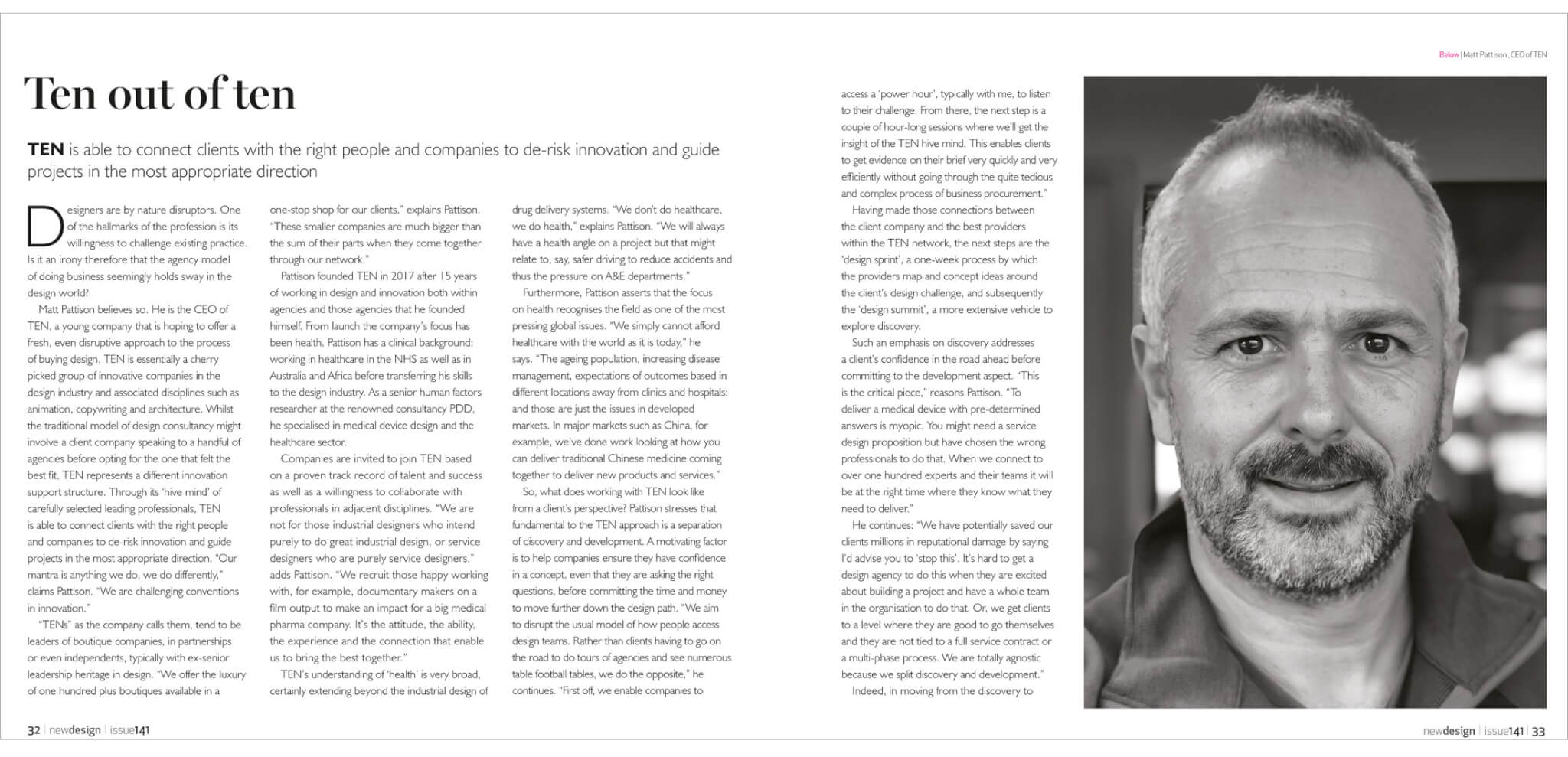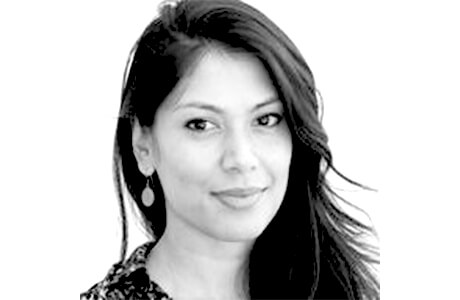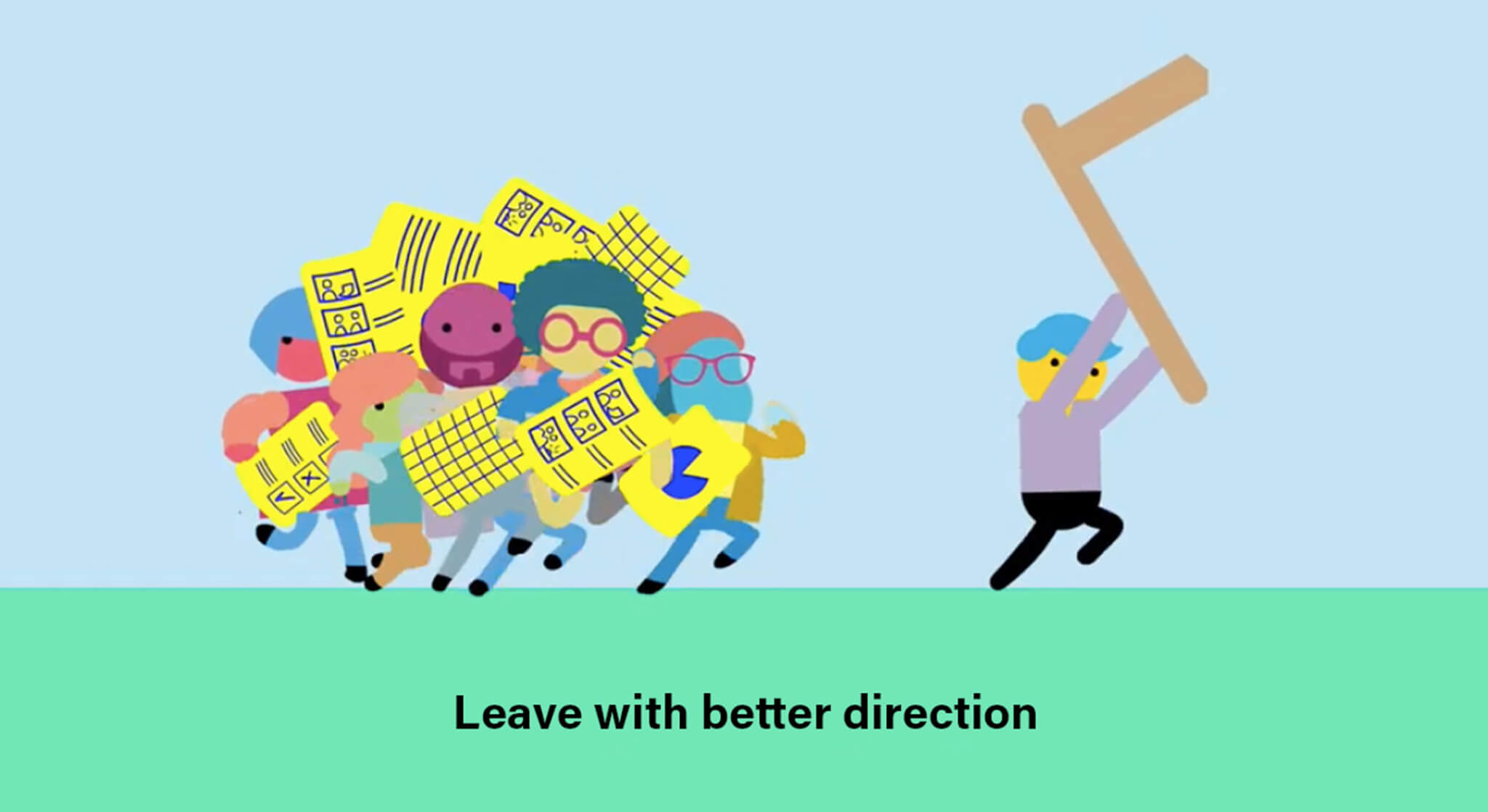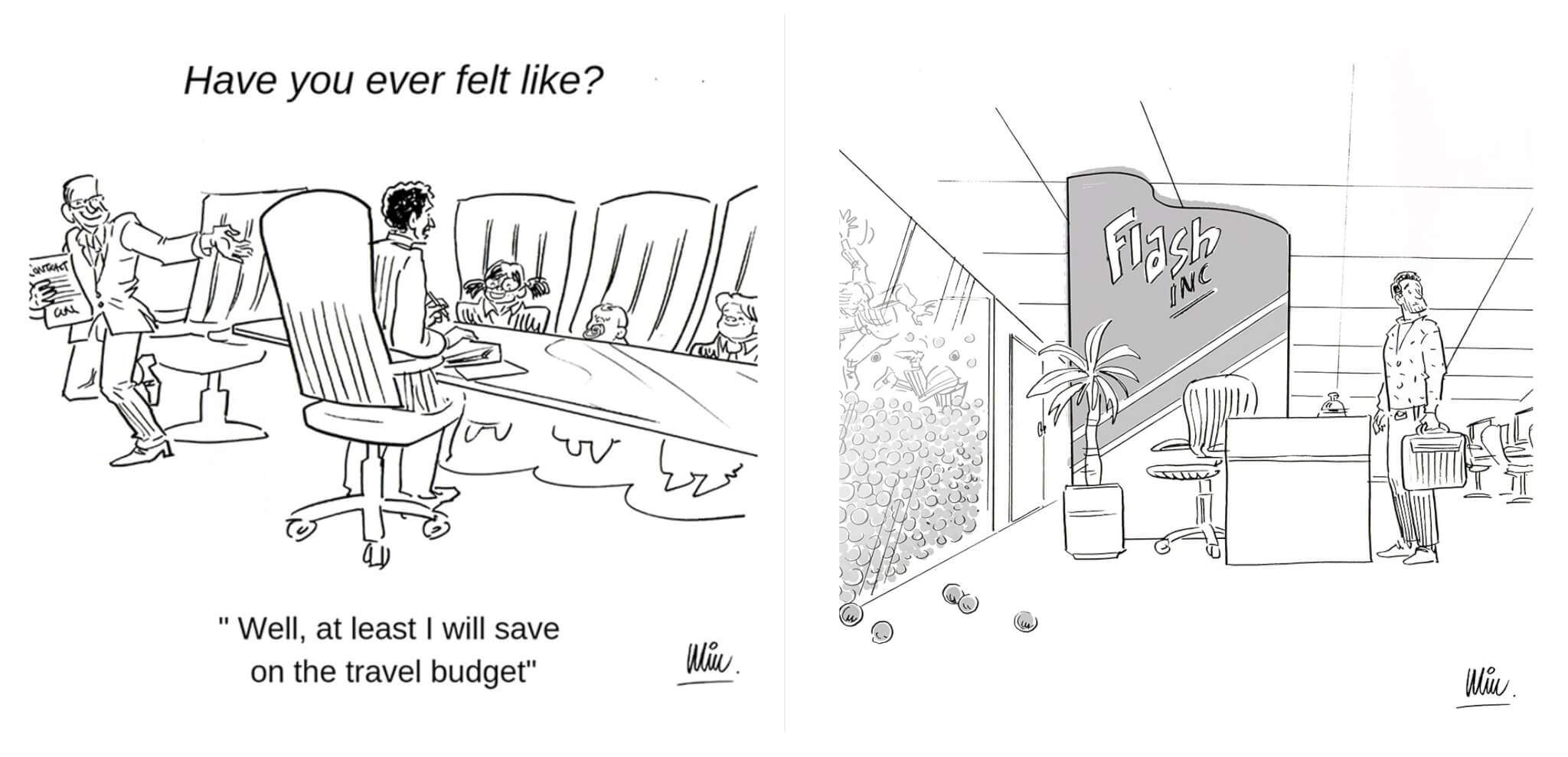Delivering health differently. Matt Pattison talks to New Design magazine.
Steve Welch interviews TEN founder and CEO, Matt Pattison. The article features in the latest edition (141) of New Design Magazine.
TEN is able to connect clients with the right people and companies to de-risk innovation and guide projects in the most appropriate direction
Designers are by nature disruptors. One of the hallmarks of the profession is its willingness to challenge existing practice. Is it an irony therefore that the agency model of doing business seemingly holds sway in the design world?
Matt Pattison believes so. He is the CEO of TEN, a young company that is hoping to offer a fresh, even disruptive approach to the process of buying design. TEN is essentially a cherry picked group of innovative companies in the design industry and associated disciplines such as animation, copywriting and architecture. Whilst the traditional model of design consultancy might involve a client company speaking to a handful of agencies before opting for the one that felt the best fit, TEN represents a different innovation support structure. Through its ‘hive mind’ of carefully selected leading professionals, TEN is able to connect clients with the right people and companies to de-risk innovation and guide projects in the most appropriate direction. “Our mantra is anything we do, we do differently,” claims Pattison. “We are challenging conventions in innovation.”
“TENs” as the company calls them, tend to be leaders of boutique companies, in partnerships or even independents, typically with ex-senior leadership heritage in design. “We offer the luxury of one hundred plus boutiques available in a one-stop shop for our clients,” explains Pattison. “These smaller companies are much bigger than the sum of their parts when they come together through our network.”
Pattison founded TEN in 2017 after 15 years of working in design and innovation both within agencies and those agencies that he founded himself. From launch the company’s focus has been health. Pattison has a clinical background: working in healthcare in the NHS as well as in Australia and Africa before transferring his skills to the design industry. As a senior human factors researcher at the renowned consultancy PDD, he specialised in medical device design and the healthcare sector.
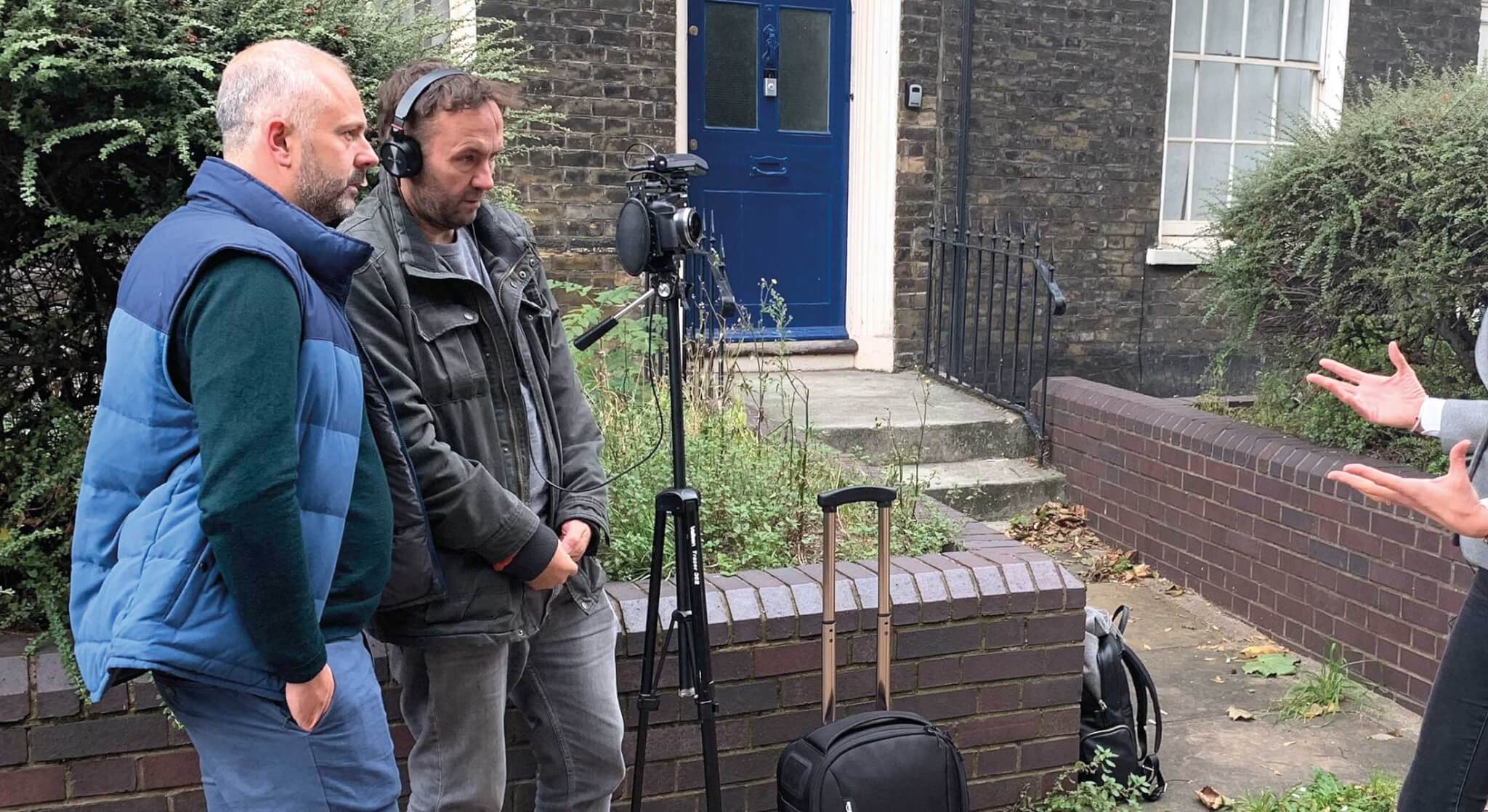
Companies are invited to join TEN based on a proven track record of talent and success as well as a willingness to collaborate with professionals in adjacent disciplines. “We are not for those industrial designers who intend purely to do great industrial design, or service designers who are purely service designers,” adds Pattison. “We recruit those happy working with, for example, documentary makers on a film output to make an impact for a big medical pharma company. It’s the attitude, the ability, the experience and the connection that enable us to bring the best together.”
TEN’s understanding of ‘health’ is very broad, certainly extending beyond the industrial design of drug delivery systems. “We don’t do healthcare, we do health,” explains Pattison. “We will always have a health angle on a project but that might relate to, say, safer driving to reduce accidents and thus the pressure on A&E departments.”
Furthermore, Pattison asserts that the focus on health recognises the field as one of the most pressing global issues. “We simply cannot afford healthcare with the world as it is today,” he says. “The ageing population, increasing disease management, expectations of outcomes based in different locations away from clinics and hospitals: and those are just the issues in developed markets. In major markets such as China, for example, we’ve done work looking at how you can deliver traditional Chinese medicine coming together to deliver new products and services.”
So, what does working with TEN look like from a client’s perspective? Pattison stresses that fundamental to the TEN approach is a separation of discovery and development. A motivating factor is to help companies ensure they have confidence in a concept, even that they are asking the right questions, before committing the time and money to move further down the design path. “We aim to disrupt the usual model of how people access design teams. Rather than clients having to go on the road to do tours of agencies and see numerous table football tables, we do the opposite,” he continues. “First off, we enable companies to access a ‘power hour’, typically with me, to listen to their challenge. From there, the next step is a couple of hour-long sessions where we’ll get the insight of the TEN hive mind. This enables clients to get evidence on their brief very quickly and very efficiently without going through the quite tedious and complex process of business procurement.”
Having made those connections between the client company and the best providers within the TEN network, the next steps are the ‘design sprint’, a one-week process by which the providers map and concept ideas around the client’s design challenge, and subsequently the ‘design summit’, a more extensive vehicle to explore discovery.
